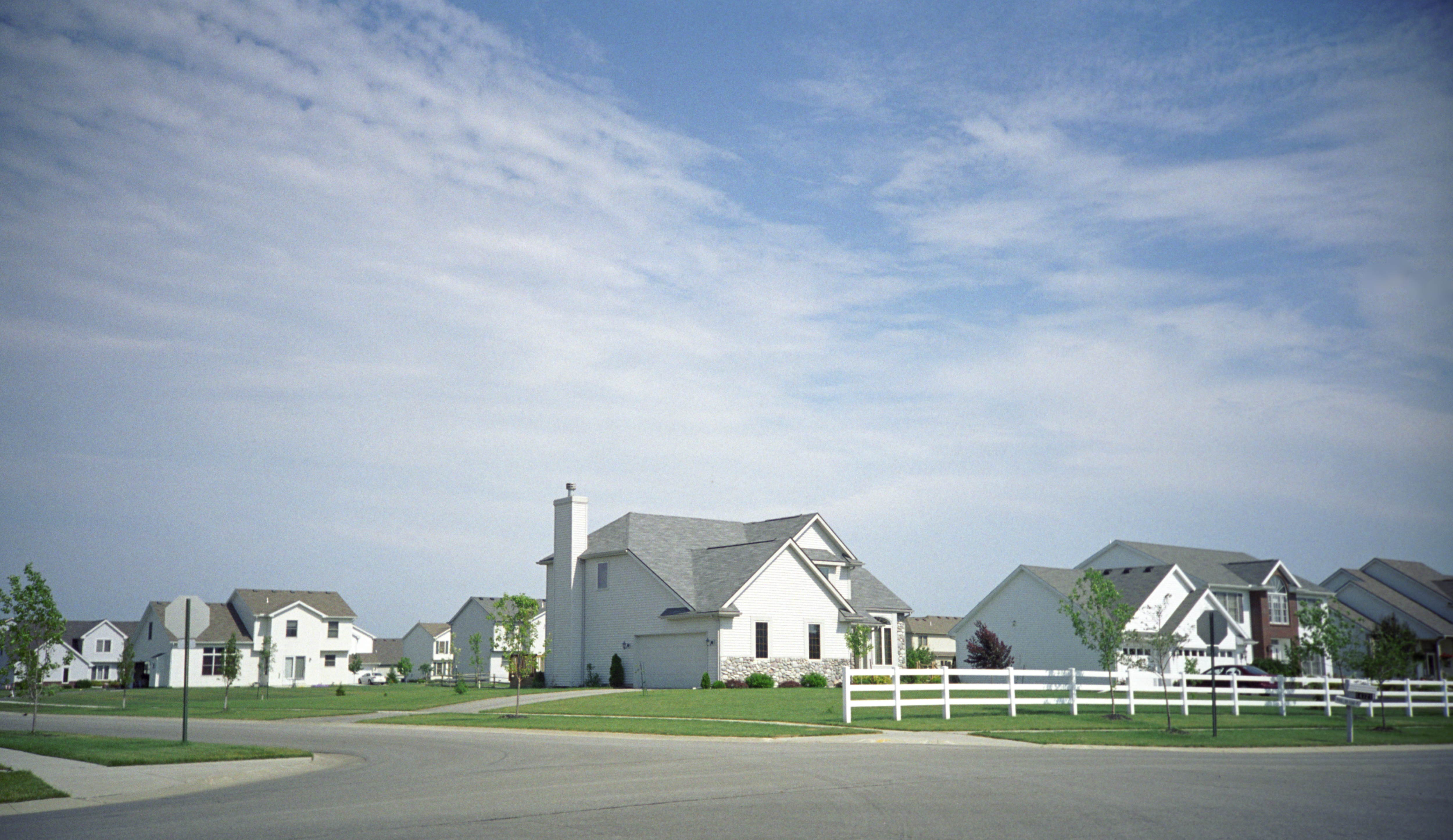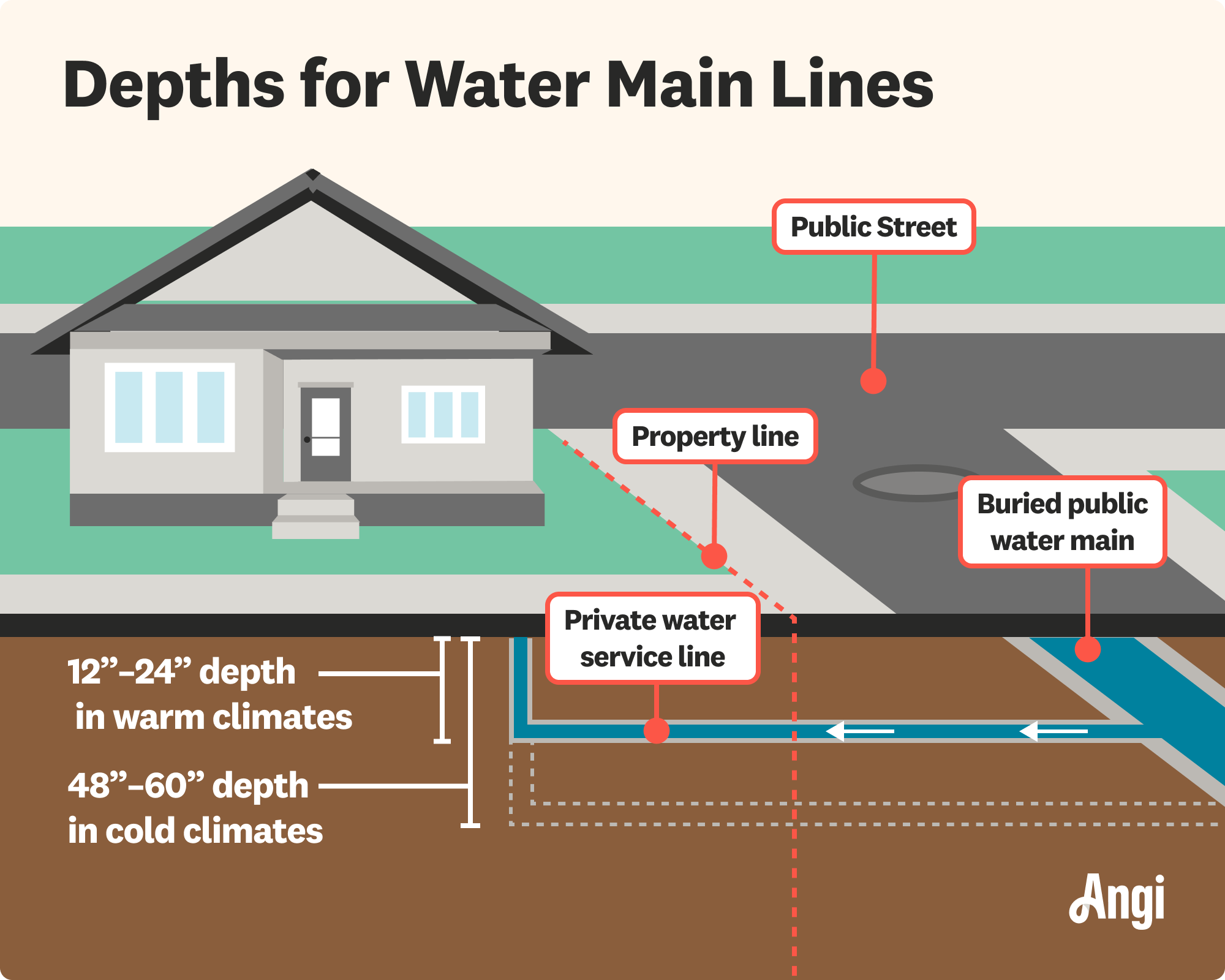
Discover the leading factors affecting your main water line replacement cost in Columbus, including length, material selection, and installation details.
The average cost of main water line repair in Austin is $718, with most homeowners paying between $387 and $387. Local soil, weather, and permitting requirements can impact how much you’ll spend.


Local permits and inspection fees can add $100 to $500 to your Austin main water line repair cost.
Central Texas' clay soil and occasional droughts can affect repair complexity.
Severe heat and soil shifting can lead to cracks or breaks in aging pipes.
Trenchless options can reduce landscape damage and long-term restoration costs.
Austin homeowners face unique challenges when it comes to main water line repairs due to the city's expansive clay soil and extreme temperature fluctuations. The average cost of main water line repair in Austin is approximately $718, but often ranges from $387 to $1,048, depending on the job's complexity. The average cost of main water line repairs nationally is $989, while the average cost to replace a water main line entirely is just over $1,700.

The clay-rich soil common throughout Austin expands and contracts in response to changes in moisture, placing additional stress on underground pipes. Combined with the city's hot summers and occasional freezing winters, these conditions can lead to more frequent water line issues compared to other regions. Location accessibility, pipe material, and the extent of damage will also determine your final repair cost.
The type of pipe material in your main water line significantly affects repair costs. Homes built in different eras in Austin typically have different pipe materials, each with unique repair requirements and associated costs.
| Material | Pros | Cons |
|---|---|---|
| Copper | Long-lasting, durable | Expensive, can corrode |
| PEX | Flexible, cost-effective | May degrade in UV or extreme heat |
| HDPE | Drought resistant | Requires trenchless methods |
| Galvanized | Common in older homes | Prone to rust and corrosion |
Austin’s soil varies widely—north of the river, you’ll find clay-heavy blackland soil, while south Austin leans sandier. Dense clay retains water and can swell during wet seasons, putting pressure on pipes. Rocky or hilly terrain in West Austin can make excavation more expensive.
Trenchless repair methods—such as pipe lining or bursting—are often more expensive upfront but can reduce overall costs by avoiding yard and driveway restoration. They’re ideal for homes with landscaping, fences, or sidewalks above the water line.
| Method | Cost per Foot | Best For |
|---|---|---|
| Trenchless | $75–$200 | Preserving landscaping, less mess |
| Traditional Dig | $50–$150 | Straightforward, open yard access |
In Austin, extreme summer heat, drought, and occasional winter freezes can all impact the condition of water lines, as well as the timing and potential cost of repairs.
Summer: Austin’s clay-heavy soils expand with moisture and shrink during dry spells, which can cause underground pipes to shift and crack. This is especially relevant during the long Central Texas summers. Homes with heavy clay are more likely to experience pipe stress or joint separation. Additional digging precautions or stabilization may be required, which can add to labor costs. Plumbers may charge higher rates during peak season when demand surges.
Winter: Sudden cold snaps can cause pipes to burst, resulting in widespread repair needs. Emergency rates are common in these scenarios.
Spring and fall are ideal times for planned repairs, thanks to the mild weather and increased availability of plumbers.
Labor rates for licensed plumbers in Austin typically range from $45 to $200 per hour, with an average of around $100 per hour. Emergency services—especially during summer heatwaves or post-freeze events—can cost around $150 per hour, on top of trip fees ranging from $100 to $350.
Austin requires a plumbing permit for main line repairs. While permit costs vary based on project scope, plan on roughly $100 to $300. The City of Austin categorizes permit review and issuance under “Small Projects,” which typically cost $120 to $130, plus a 6% surcharge. Additionally, you may need public right-of-way or street-cut excavation permits, which may require separate fees or bonds, depending on the type of repair.
Repairing your main water line won’t necessarily raise your property value—but it does protect it. A functioning water line prevents costly foundation damage, mold growth, and water waste. It also ensures your home passes inspection if you’re preparing to sell. In a competitive Austin housing market, buyers often expect up-to-date infrastructure.
Home is the most important place on earth, which is why Angi has helped more than 150 million homeowners transform their houses into homes they adore. To help homeowners with their next project, Angi provides readers with the most accurate cost data and upholds strict editorial standards. We survey real Angi customers about their project costs to develop the pricing data you see, so you can make the best decisions for you and your home. We pair this data with research from reputable sources, including the U.S. Bureau of Labor Statistics, academic journals, market studies, and interviews with industry experts—all to ensure our prices reflect real-world projects.
Want to help us improve our cost data? Send us a recent project quote to [email protected]. Quotes and personal information will not be shared publicly.
From average costs to expert advice, get all the answers you need to get your job done.

Discover the leading factors affecting your main water line replacement cost in Columbus, including length, material selection, and installation details.

Plumbing inspection costs depend on the issue you’re looking into and the size of your home. Learn what you can expect to pay.

Learn how much plumbers cost in Columbus, Ohio. Discover pricing for faucet repairs, pipe work, and emergency services, plus how you can save money.

Frozen underground pipes can lead to costly damage to your home. Use this guide to learn how to safely thaw them, prevent future freezes, and protect your home from expensive water damage.

Touchless faucets offer benefits like saving water, avoiding germs, and simplifying cleanup. Learn the top benefits of hands-free faucets and decide whether to switch.

Read these 9 tips for inspiration on how to reduce your toilet’s water usage